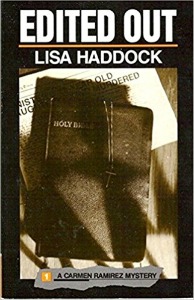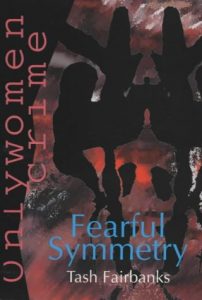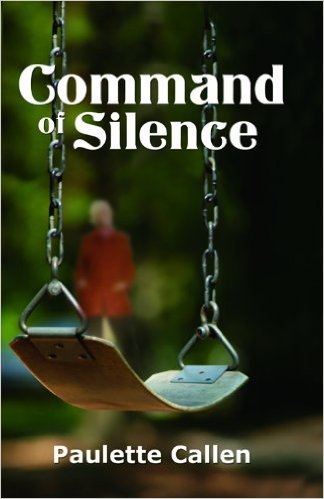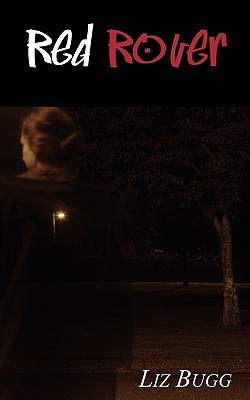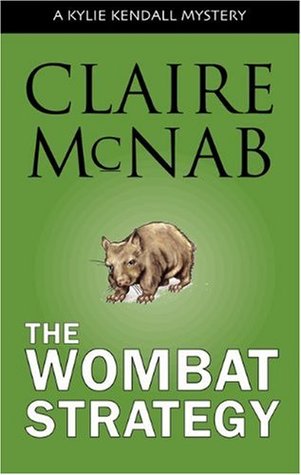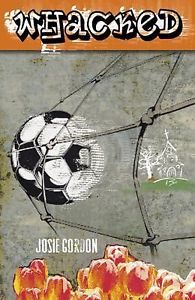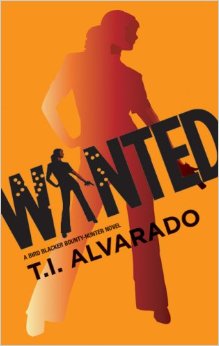It would be easy to just say that this is a really good book and that you should put it high on your list of things to read. but I guess that would be shirking my responsibilities as a reviewer. But if you’ve read any of my other reviews you’d know that several things catch my imagination when I read, three of which are the writing, the plot, and the characters. Edited Out is written in the point of view most favored by lesbian mystery authors, first person past—“I did this, I went there” etc. It’s a good point of view because it brings the character closer to the reader than standard third person limited or omniscient. But it is also an easy POV to make mistakes in because it most easily reveals a character’s personality. And if you don’t like the personality of the main character, chances are you won’t like the book.
I like Carmen Ramirez. She is the daughter of a Puerto Rican dad and a mom of Irish descent. After her mother’s death when she was still a baby, Carmen was sent by her dad to live with her racist, homophobic, and bible-quoting grandmother in Frontier City, Oklahoma—a very thinly disguised Tulsa, complete with a famous evangelist and religious university. Somehow, Carmen has come through her girlhood strong enough to embrace her sexuality and to land a job as copyeditor for the local newspaper. But when she is assigned to work on a story about the murder of a young girl by a lesbian schoolteacher, she must make the hardest decision of her career.
When I first read the description of this book, I was hesitant to open the pages; it was bound to be filled with depressing scenes of homophobia and confrontation. But Haddock manages to turn the story in a completely different direction. Even when Carmen interviews a number of unsavory characters, she does it with such style that even if her questions are not answered, I felt I had nevertheless learned something important.
Like many lesbian detectives in the genre, Carmen is running from a bad relationship (see Claire McNab’s Kylie Kendall, Elaine Beale’s Lou Spencer, ad infinitum). She has been very shy of getting into another until she meets college student Julia Nichols (who reminds me very much of a young Aimee Grant in Katherine V. Forrest’s novels), who identifies as straight. Their developing romance—as well as Carmen’s love/hate relationship with her grandmother—give balance to the book and intersect with the plot in important ways. All the elements combine for an exciting—and hopeful—finish. It’s hard not to credit editor Katherine V. Forrest for the smoothness of this book, especially after having just read several Naiad books edited by others.
There is a lot of religious stuff here but again, Haddock uses the subject as a literary device without actually proselytizing or bashing. Remember that the book is set in Bible-Belt Oklahoma, where churchgoing is as natural as breathing. Does it get a little over the top sometimes? Well, maybe, but there are some enjoyable parts, too, like when Julia argues scripture with her fundamentalist cousin in order to rescue a confused young woman from a room filled with Prayer Warriors. And maybe there are a few too many coincidences in the solution, but hey, doesn’t every mystery have these?
And here’s a question for someone to write an article about: why do so many lesbian mystery protagonists have a gay man as their best friend (not counting their lovers of course)? Carmen has one. So does Bill in Joan Opyr’s books, Lamaar in David Galloway’s Lamaar Ransom, Private Eye, Barbara Johnson’s Colleen Fitzgerald, etc, etc. Is this true in real life? Very few, like Nikki Baker’s Virginia Kelly and Vicki P. McConnell’s Nyla Wade, seem to have same-sex best friends.
Ultimately, Edited Out is a really good book and you should put it high on your list of things to read. In the same league with She Scoops to Conquer, give this one a 4+.
For more than 250 other Lesbian Mystery reviews by Megan Casey, see her website at http://sites.google.com/site/theartofthelesbianmysterynovel/ or join her Goodreads Lesbian Mystery group at http://www.goodreads.com/group/show/116660-lesbian-mysteries

